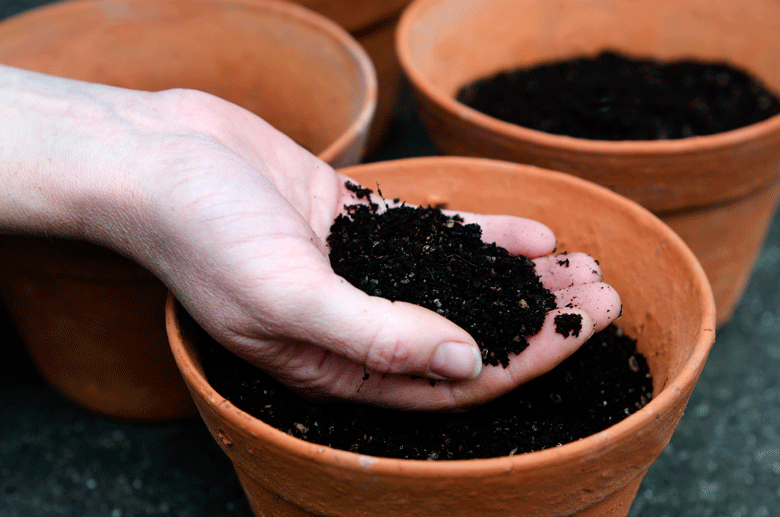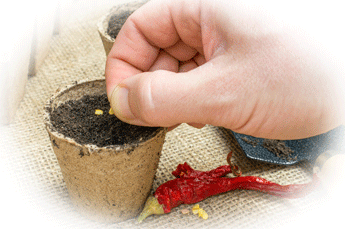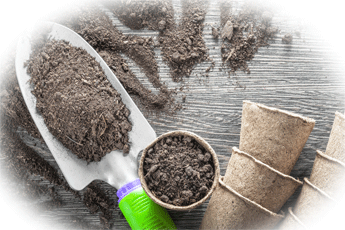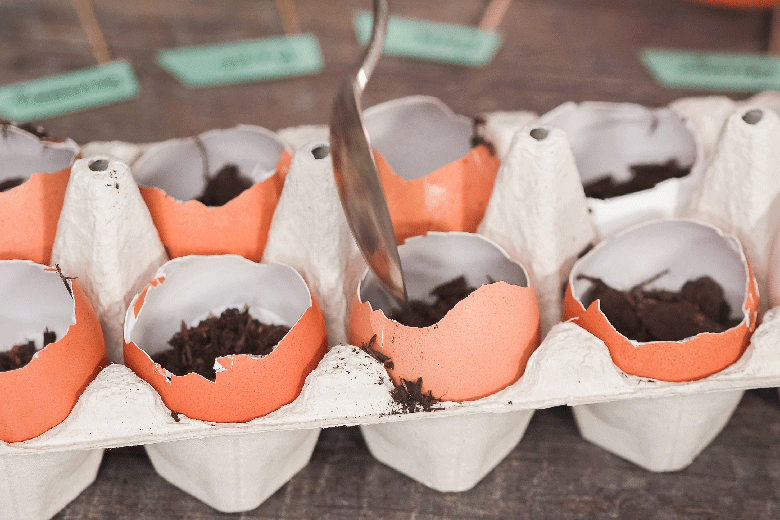 Getting ready for next year
Getting ready for next year
A new round of seed starting will start at the beginning of next year. I aim to start these seeds in the middle of January. I have already started some superhots for next year’s season, and they are doing well. Some are already two to three inches tall and have been potted on for the first time. I expect to repot them into bigger pots at the end of January.
The seeds I will start in January have a shorter seed to maturity period than the superhots. They include Tangerine dreams, Malawian birds-eyes, Zimbabwe blacks and Trinidad perfumes. I expect them to germinate a week to ten days after they have been sown. They will probably be potted on for the first time in the middle of February.
With all this new seed started going to happen. I have decided to do some work on my seed starting mix. I have recently made some new discoveries that I want to try out. So why not start now? It will give me more than enough time to trial the new mix until it comes to the serious business of the final round of seed starting for the new season.
Making a new mix

Peat free seed starting
Up to now, I have used a John Innes seedling starting compost, combined with vermiculite, to start my seeds. However, there are now other factors I need to consider. These considerations are as follows:
Firstly, I will no longer use a seed starting compost that contains peat. This is part of my drive to become peat free in my Chilli growing. While peat is a fantastic medium for starting seeds for growing Chillies, using it is not environmentally friendly. Going peat free is certainly something I want to achieve by next season. So, it was essential that the seed starting compost I would use as a base needed to be peat free. The John Innes mix I previously used is not.
by next season. So, it was essential that the seed starting compost I would use as a base needed to be peat free. The John Innes mix I previously used is not.
Furthermore, it was essential that this base mix could not contain too many nutrients. In fact, the less nutrients it contained, the better. Seeds are equipped with enough nutrition to grow until they develop their first set of true leaves. It is bad for them to get any supplemental fertilization until after passing the cotyledon stage. After this, they will need to be potted on and given fertilizers at low dosages to take them to the next part in their development.
The final consideration found its origins in my discovery of worm castings as a seed starting medium. This great vermicompost serves many purposes in this area, including water retention, aeration, and as a fertilizer enhancer. And if that is not enough, using worm castings in seed starting will chase away pests like aphids. It will also help the plant fight off pathogens like Pythium.
OK, let’s make a seed starting mix

How to make seed starting mix
The seed starting compost I finally settled on has an NPK of 3.4-1-1.5. This is quite low and will serve the purpose I want if or. I will use this as the base of the seed starting mix and add worm castings to it to make a great all-round seed starting medium for seeds.
The first thing I checked was whether the base seed starting mix was fine enough for seed starting. It was, but I first had to sift it to get rid of lumps and other bigger bits before I could use it in my mix. I did this using a quarter inch mesh garden sieve.
bits before I could use it in my mix. I did this using a quarter inch mesh garden sieve.
Having pieces in a starting mix that will not pass through this size mesh is something to avoid. Clods and the like create air gaps. These bigger particles lead to excess aeration of the roots. Seedlings need oxygen, but not too much
With that part of the equation out of the way, it was now time to mix everything together. First, I measured twelve cups of the seed starting compost into a plastic bucket. I then added boiling water to wet it slightly. Next, I added a cup of worm castings and mixed it in well. I then added another cup of the castings and mixed that in. It was as simple as that
The only thing to do now was check the PH of the combined mix. I found it to 5.5 which was fine. Had it been too high, I would have added lime. If the PH had been too low, I would have added magnesium sulphate to get it in the perfect range of between 5.5 and 6.5
Finally.
You will note that I did not use vermiculite to this mix at all. It would previously have used it for its water retention properties. The worm casting however will serve that purpose. They are spongy and absorb water much in the same way as vermiculite does. It’s good stuff, worming castings. It covers many essential bases in seed starting
Vermiculite won’t be left out of the party though; it will still be used as bed in the egg trays I will use to start the seeds in the way I recently started doing. I will also use it to cover seeds that I start using this mix.


